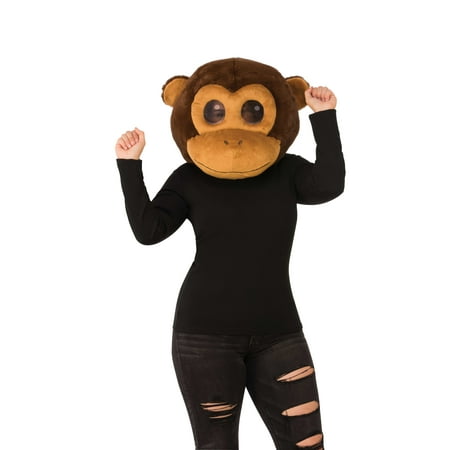Rubie’s Plush Bulldog Head Cosplay Halloween Accessory
This beautiful oversized plush Bulldog mascot head is perfect for Halloween parties. This mask is also a great option for a school or organizational mascot. The detailing on the ear, nose and mouth bring the face to life. Be sure to check out our other mascot options. Perfect DIY costume option for any age or gender. One size fits most. This mask is quality and safety tested. Rubies Costume Company has been delivering great costumes since 1951.







Reviews
There are no reviews yet.